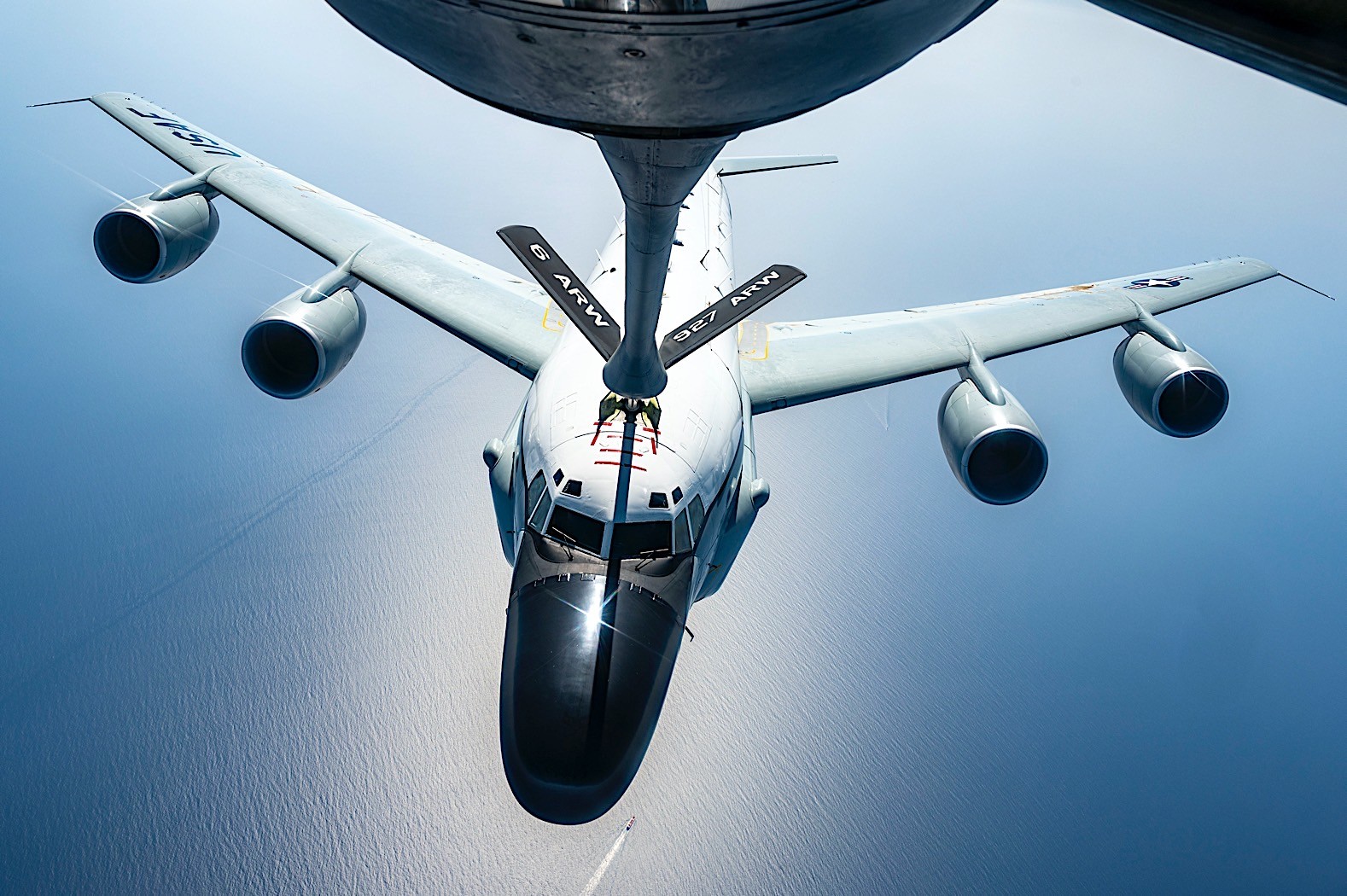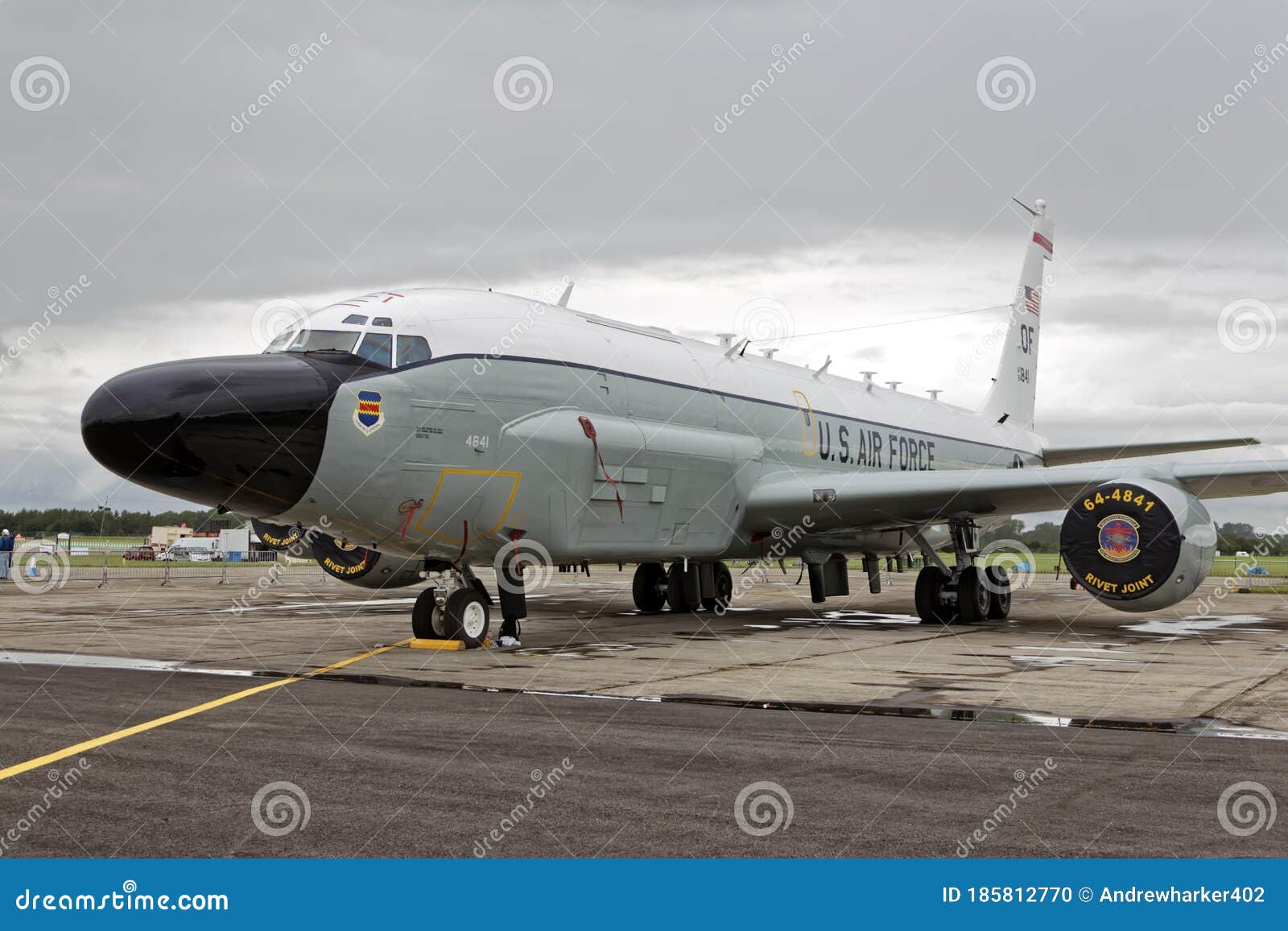

The Air Force plans to spend at least $1.4 billion to keep the RC-135 Rivet Joint (RJ) fleet flying through 2018. The AMP standard includes conversion from analog readouts to a digital glass cockpit configuration. It detects, identifies and geolocates various signals.

The Rivet Joint fleet is currently undergoing significant airframe, navigational and powerplant upgrades which include re-engining from the TF-33 to the CFM-56 engines used on the KC-135R and upgrade of the flight deck instrumentation and navigational systems to the AMP standard. RC-135V Rivet Joint is currently the standard US Air Force airborne signal intelligence (SIGINT) platform. The jets conversion cost about $90 million. The fleet of 14 RIVET JOINT aircraft increased to 15 in late 1999 with the addition of a converted C-135B.
Rivet joint manual#
Using automated and manual equipment, electronic and intelligence specialists can precisely locate, record and analyse much of what is being done in the electromagnetic spectrum. RIVET JOINT has been widely used in the 1990s - during Desert Storm, the occupation of Haiti, and most recently over Bosnia. Also known as ""RJ"", the aircraft are sometimes called ""hogs"" due to the extended ""hog nose"" and ""hog cheeks"". The USAF RC-135V/W RIVET JOINT surveillance aircraft are equipped with an extensive array of sophisticated intelligence gathering equipment enabling military specialists to monitor the electronic activity of adversaries.


 0 kommentar(er)
0 kommentar(er)
